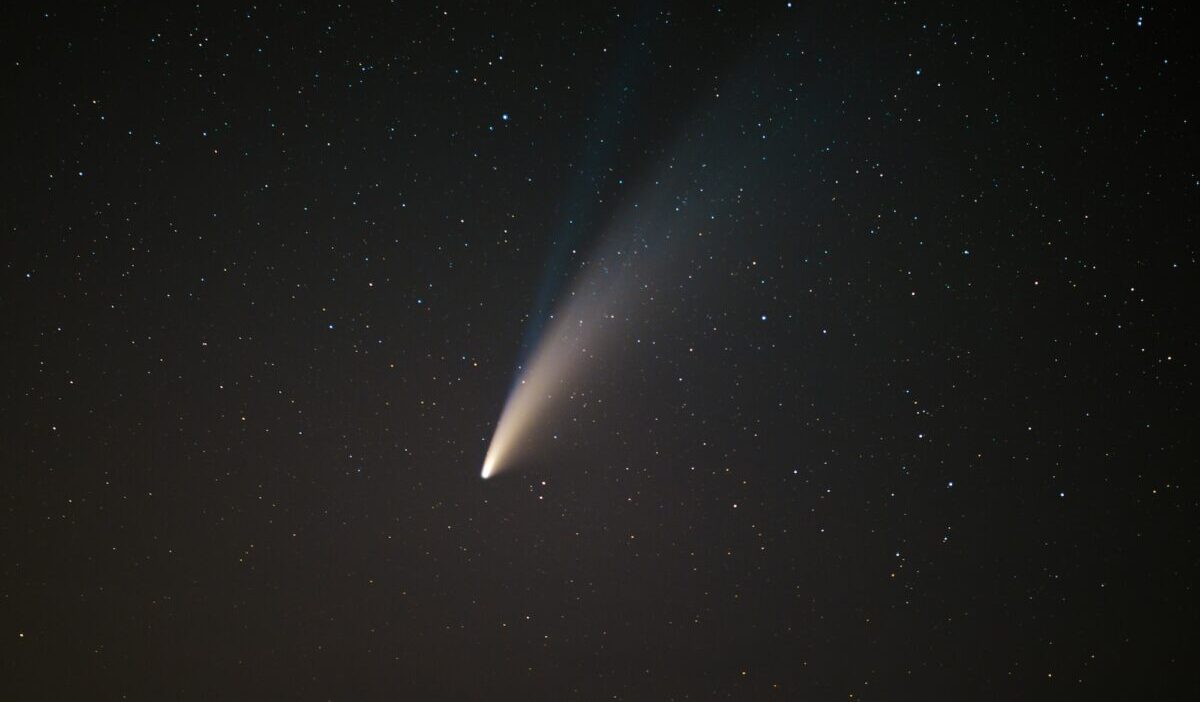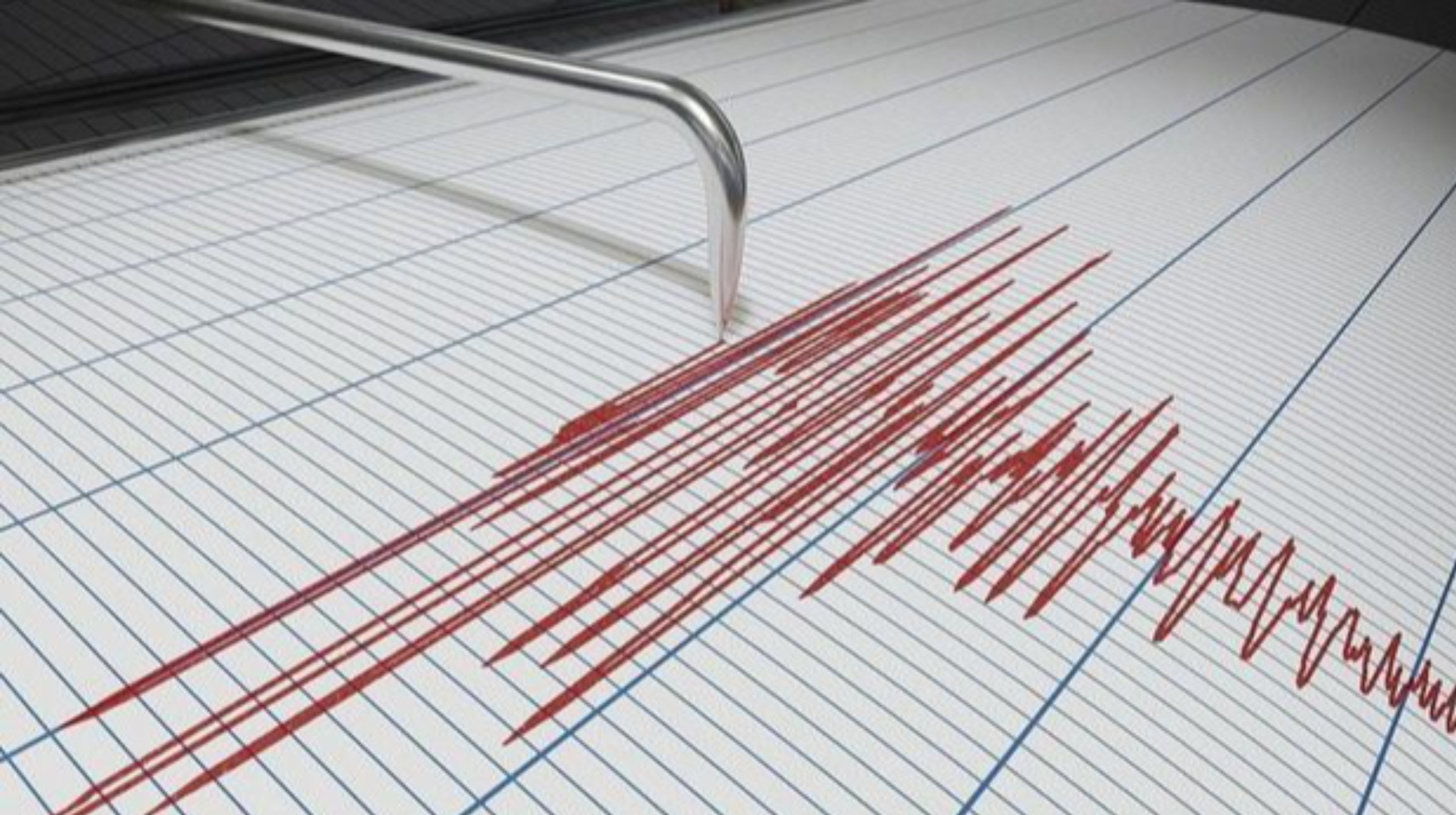For all fans of astronomy, who love to keep their eyes up and admire the wonders of the celestial vault, there will be good news on the way. In fact, it's coming comet C/2022 E3 (ZTF) discovered on March 2, 2022 and coming from the outermost regions of the planet.
Where does Zwicky Transiet Facility come from
The new arrival carries as its name, not that of the discoverers, but of the research program carried out with the 120 cm Schmidt telescope of thePalomar World Observatory than with a camera that frames a field of almost seven degrees, sounding the whole sky every two days.
Experts have announced that the comet comes from the periphery of the Solar System and which has traveled for 50.000 years to reach us.
Thursday 12 January, the comet will be at perihelion at a distance of 116 million kilometers from the Sun, and in a few days, precisely the February 2 ZTF will transit the minimum distance from our planet, at 42 million kilometres. The comet will be observable all night to the north.
How to observe Comet ZTF
After crossing the corona borealis, the borders of the Dragon, of theUrsa Minor, Giraffe, Auriga and Toro, at the end of January will pass about ten degrees from North Star.
The comet will be visible with binoculars and probably also with the naked eye, but a very clear sky and preferably away from light and air pollution, and also in the high mountains e moonless. Because, with the Moon present in the sky, it will hardly be observable without the use of binoculars or a telescope. The tail can be visually perceived only in the initial stretch.
Obviously, as it moves away from the Sun and from the Earth its own brightness will decrease rapidly.
So we recommend binoculars, fixed on a tripod of 70 – 80 mm and telescopes of all kinds used at low magnifications.






